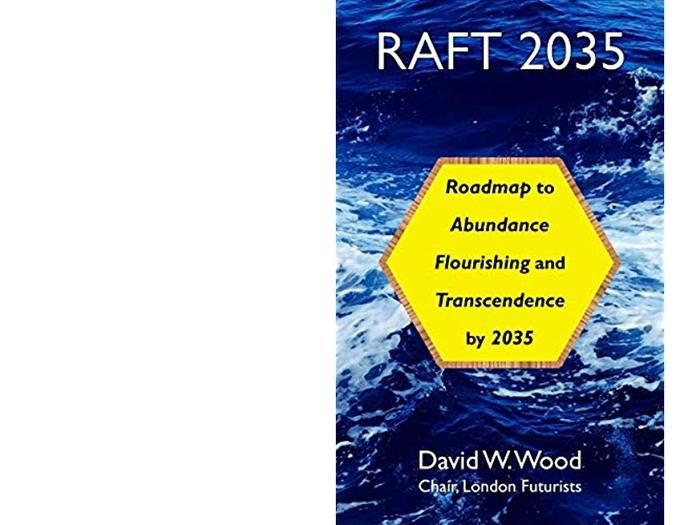An experiment by EPFL researchers has confirmed a theory that has been used in mechanics for over half a century—despite never having been fully validated. The team could now use the theory in bolder and more innovative ways in their quest to develop ever better energy systems.
Some theories are widely used even though they have never been experimentally validated. One example is the so-called narrow groove theory, or NGT, which explains how air-lubricated bearings work in mechanical systems.
The theory was proposed in 1965 but, until recently, it had only been tested partially or indirectly. Researchers at EPFL’s Laboratory for Applied Mechanical Design (LAMD), based at Microcity in Neuch tel, have now closed a gap that has persisted in the scientific literature for over 50 years. The team has published its findings in the journal Mechanical Systems and Signal Processing.








